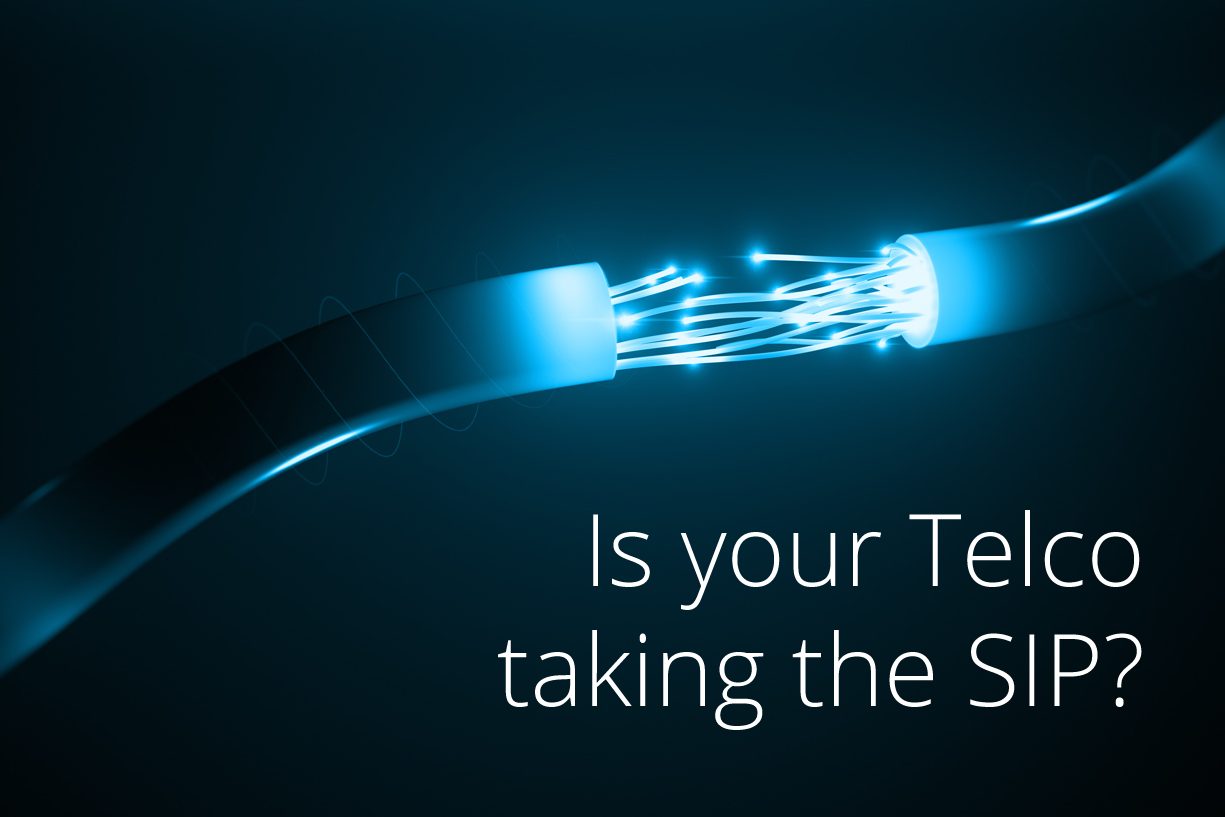In tandem with the launch of our SIP Trunking service, it never hurts to revisit some of the underlying and historical reasons that a new service offers over that of the old. So here’s a little background.
ISDN has been in our lives since the late ’80s. Across those 3 decades it’s mostly been simple, dependable, and served as the backbone to business voice calls for millions around the world. But there’s a new star rising rapidly which goes by the name of SIP. Session Initiation Protocol, to give it its full title, is revolutionising our communications, and it’s planning to stay the course.
Unlike ISDN which uses dedicated and fixed telephone lines (PSTN) to make calls to others, SIP works by connecting your existing PBX phone system to the outside world using your internet data connection (via SIP trunks) without sacrificing any familiar features or services. It might not sound very exciting on the surface, but dig a little deeper and this one small adjustment in communications could make a huge difference. Here are a few examples why your business should consider the move over to SIP sooner, rather than later.
There is such a thing as a free call
Compared to ISDN, SIP offers considerable cost advantages. By using existing data circuits there are no installation or additional maintenance charges. Line rental is significantly cheaper, as are call charges, and all internal calls (wherever they are geographically) are free. Compared to standard ISDN line charges, a like-for-like SIP alternative can be more than 90% cheaper.
It’s persistent and more reliable
SIP enables your numbers to be redirected to any alternate number you choose – even though the caller still dials your original number. So if you have to operate elsewhere, whatever the reason, you can be happy in the knowledge that your calls will still reach you. And because your voice calls are transmitted as data, SIP trunking can automatically direct connections to alternate back-up and DR data lines, which prevents calls from dropping out or being unavailable. Try doing that with a fixed ISDN line.
Location, location, location
If you have more than one location, SIP trunking helps consolidate ISDN line requirements and reduces the number of PBXs needed. That’s less maintenance and much less complexity.
Relocating, starting up, or even expanding, SIP trunks enable frictionless movement of geographic and non-geographic numbers to your new base, with no call-forwarding expenses or other associated costs.
A movable feast
Because SIP is not tied to geographically fixed circuits, staff are free to operate wherever they need to, whether that’s another office, on the move or from home. Not only does this allow for connecting distant offices, but remote staff are able to collaborate more efficiently on projects by allowing workers to easily connect to other offices and devices.
It’ll grow on you…
As your business expands, you’ll need to adjust with it – and SIP assists this by allowing you to add (or reduce) line capacity as and when you need. This pay-as-you-go model is very cost-effective and better suited to today’s OpEx approach, bypassing the need for additional physical circuits, equipment and installation. It’s fast to deploy too, where provisioning of additional trunks can take minutes, not days or weeks.
An immovable object
BT’s decision to end ISDN services in 2025 and cease new sales in 2020, means your options are going to be limited to say the least. With less than 3 years to go, while it sounds a long way off, you need to start considering your business in the post-ISDN era. And let’s face it, the sooner you decide, the more benefits and savings you’ll likely make.
sipsynergy’s SIP Trunking service seeks to improve the current SIP trunking service approach by giving partners (and also their customers) access to faster and more integrated capabilities that result in increased value and greater savings.
If you’d like to learn more about our SIP services, what we do and how we help businesses, get in touch at here.







